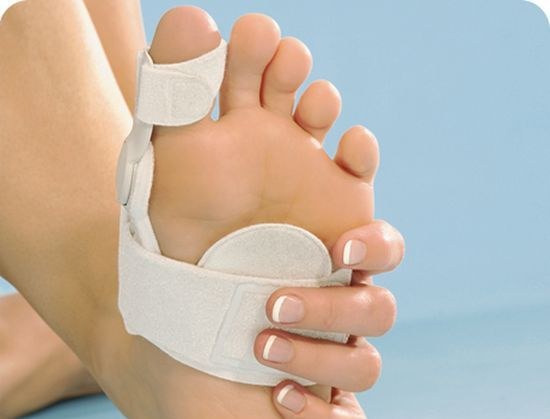Instruction
1
Fracture of the toes can occur due to falling of a heavy object, strong direct blow, twisting or tucking the legs and in some diseases. Distinguish between open and closed fracture. The first bone fragments damage ligaments and skin and look out. In this case, you will not have any doubts about the existence of the fracture.
2
A clear indicator of a closed fracture can be unnatural finger position, e.g. if it is sticking or bent. Or probing under the skin of the bone fragments. The next symptom of a broken toe is abnormal mobility and bone fragments crunching (crepitus) at the slightest movement of them.
3
Besides the obvious signs of fracture, there are also relative. These include: pain, swelling, bruising, impairment of the function of your finger bleeding under the skin or a fingernail, a sharp pain on the finger at the slightest movement. The intensity of their expression depends on the localization of the fracture. For example, when fracture of proximal phalanx swelling will be much greater than if the damage distancing phalanges. A fracture of the big toe swelling may spread to the entire foot. The maximum manifestation of pain, swelling or hemorrhage may occur even after several hours after the injury.
4
Even if you have not observed the above-described signs of a closed fracture, but you feel the finger pain, immediately consult a doctor and get x-rays. Only with its help it is possible to reliably diagnose the presence of a fracture. After that you will have adequate medical care.
5
Upon the slightest suspicion of a fracture, try to immobilize injured finger. It will insure you against the risk of additional displacement of the fragments and, consequently, aggravation of the situation.









